- Get link
- Other Apps
The Perfect Fit: A Comprehensive Guide to Choosing the Right Helmet for Your Motorcycle Riding Style
- Get link
- Other Apps
More than two decades ago, I was in a situation that would forever change my perspective on motorcycle safety. I was riding my motorcycle when a child suddenly darted into the street without warning. Faced with a split-second decision, I intentionally crashed my bike, doing everything I could to avoid hurting the child. As my head slammed onto the concrete pavement, I felt the impact, but miraculously, I walked away with my life intact. I owe that to the HJC helmet I was wearing at the time.
That experience taught me the importance of wearing a high-quality, properly-fitted helmet. It's not just about following the law or looking cool while riding; it's about protecting your most valuable asset - YOUR LIFE. But how do you choose the right helmet? With so many options available, it can be overwhelming.
In this comprehensive guide, we'll explore the factors to consider when choosing the perfect helmet for your unique riding style, covering everything from types of helmets and safety certifications to fit and materials. We'll also dive into the added features that can make a difference in comfort and convenience.
By the end of this article, you'll have the knowledge and confidence to make an informed decision, ensuring that you're protecting yourself and enjoying the ride to the fullest. So, let's embark on this journey together, learning from my own experience and countless others saved by the fitting helmet.
Types of Helmets
Motorcycle helmets come in various shapes, sizes, and styles, each designed to cater to a specific kind of rider and their needs. Choosing the right type of helmet is crucial for style, safety, and comfort.
In countries like the Philippines, many riders need to pay more attention to the importance of wearing the appropriate helmet, often opting for convenience over safety. However, as statistics show, most accidents happen near the home, emphasizing the necessity of wearing a fitting helmet, even on short trips. This section will discuss the different types of helmets, their features, benefits, and the riding styles they are best suited for.
Full-face Helmets
 |
Arai Signet-X Full Face Helmet |
Full-face helmets offer maximum protection, covering the entire head and face, including the chin bar. Due to their comprehensive safety features, they are a popular choice among riders of various styles, including touring, sport, and adventure riders. Brands like Arai and Shoei are renowned for producing high-quality full-face helmets that combine safety, comfort, and style.
The full-face helmet's all-encompassing design helps reduce wind noise and offers better insulation against weather elements. Additionally, it features a built-in visor, which protects the eyes and faces from debris and the elements, providing a safer and more comfortable riding experience.
Open-face (3/4) Helmets
 |
HJC IS-5 Open-face Helmet |
Open-face helmets, also known as 3/4 helmets, cover the head's top and back while exposing the face. These helmets are favored by cruisers, scooter riders, and those who enjoy the feeling of wind on their faces. Brands like Bell and HJC offer a range of open-face helmets with varying designs and features.
While these helmets provide less protection than full-face helmets, they are generally lighter and offer better visibility. However, riders should consider investing in a separate face shield or goggles for added protection against debris and the elements.
Modular (Flip-up) Helmets
 |
| Schubert C5 Modular Helmet |
Modular or flip-up helmets provide a versatile option for riders seeking the best of both worlds – the protection of a full-face helmet and the convenience of an open-face helmet. Popular among touring and urban riders, modular helmets feature a hinged chin bar that can be flipped up when needed. Notable brands producing modular helmets include Schuberth and Nolan.
These helmets offer increased airflow and visibility when flipped up, making them ideal for riders who need to frequently communicate with others or want a quick breather without removing their helmet. However, the hinge mechanism may slightly compromise the helmet's overall structural integrity compared to a full-face helmet.
Off-road (Motocross) Helmets
 |
| Fox racing CV1 Matte Motocross Helmet |
Off-road, or motocross helmets, are designed specifically for off-road riding conditions and cater to the needs of dirt bikers, motocross, and enduro riders. Brands like Fox and Troy Lee Designs specialize in producing off-road helmets that combine safety, comfort, and style. These helmets feature an elongated chin bar and visor, which offer additional protection from debris, roost, and sunlight.
Their lightweight design, increased ventilation, and focus on impact protection make them ideal for off-road riding. However, they typically need more soundproofing and insulation features, making them less suitable for long-distance road riding.
Half-shell Helmets
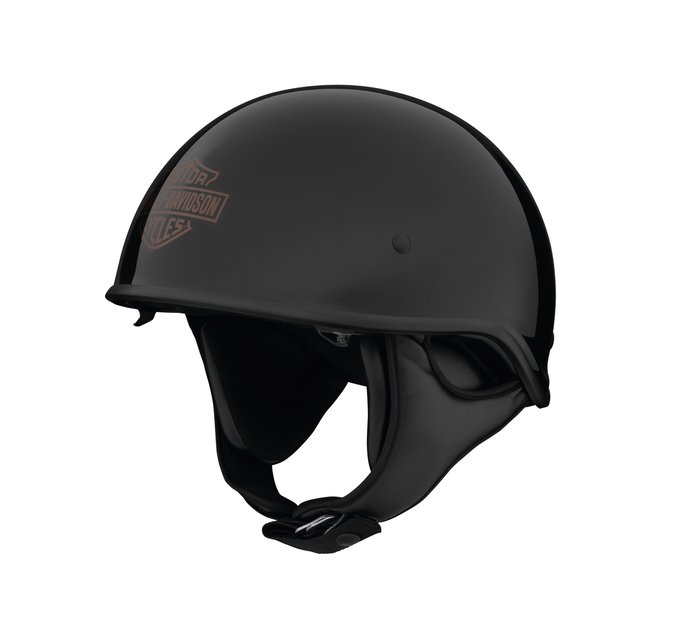 |
| Ventura Sun Shief X06 Half Shield Half Helmet by Harley-Davidson |
Half-shell helmets, also known as "brain buckets," provide minimal coverage, covering only the top half of the head. These helmets are popular among cruiser and custom bike riders, offering a low-profile look and a feeling of freedom. Brands such as Harley-Davidson and Biltwell offer a variety of half-shell helmets to suit different preferences.
While these helmets may meet the minimum safety requirements, they offer significantly less protection than other helmet types, exposing the face, jaw, and back of the head. Riders who opt for half-shell helmets should be aware of the increased risk and may want to consider additional protective gear, such as goggles and face masks, for better protection against debris and the elements.
Choosing the right helmet for your riding style ensures maximum safety, comfort, and enjoyment on the road. Countries like the Philippines, where motorcycle safety is often overlooked, can greatly benefit from increased awareness and adoption of appropriate helmets. As riders, it's essential to prioritize safety over convenience, even for short trips near home. By understanding the different helmet types and their respective features, benefits, and limitations, riders can make informed decisions and invest in a helmet that suits their needs and preferences while promoting a safer and more responsible riding culture.\
Helmet Safety Certifications
When it comes to motorcycle helmets, safety should always be the top priority. No matter how stylish or comfortable a helmet may be, if it doesn't meet the necessary safety standards, it won't serve its primary purpose of protecting your head in case of an accident. This section will discuss the importance of helmet safety certifications, common certification standards, and how to ensure you're buying a genuine, certified helmet.
Importance of Certification Standards
Helmet safety certifications are essential in ensuring a helmet has undergone rigorous testing to meet specific safety requirements. These certifications are provided by independent organizations and regulatory bodies, which set the guidelines for helmet design, materials, and performance. Choosing a helmet with recognized safety certifications gives you peace of mind that your helmet will provide optimal protection during a crash.
Common Certifications
- DOT (Department of Transportation) standards: Widely recognized in the United States, DOT-certified helmets undergo a series of tests, including impact, penetration, and retention system evaluations. Brands such as Bell, Shoei, and HJC offer DOT-certified helmets.
- ECE (Economic Commission for Europe) standards: ECE 22.05 is a widely accepted helmet safety standard in Europe and many other countries. It covers similar tests as the DOT standard but emphasizes the helmet's field of vision and retention system. Arai, AGV, and Shark are examples of brands that offer ECE-certified helmets.
- Snell Memorial Foundation standards: Snell certification is considered one of the most stringent safety standards for motorcycle helmets. It includes more rigorous tests than DOT and ECE and additional testing for helmet shell rigidity and chin bar impact. Brands like Arai, Shoei, and Simpson produce Snell-certified helmets.
- SHARP (Safety Helmet Assessment and Rating Programme): SHARP is a UK-based program that provides an independent rating system for helmets, using a five-star system to evaluate their safety performance. Brands such as Scorpion, Caberg, and MT Helmets have received high ratings from SHARP.
Choosing a Helmet with the Right Certification for Your Needs
While choosing a helmet that meets the safety standards required in your country or region is crucial, it's also important to consider your riding habits and conditions. For example, if you frequently ride at high speeds or on tracks, opt for a Snell-certified helmet to ensure maximum protection.
However, safety certifications are only valuable if they're genuine. Counterfeit helmets with fake certification stickers are often sold at street-level stores in countries like the Philippines. These helmets may be cheap and appear to comply with legal requirements, but they will provide a different level of protection than a genuine, certified helmet. Always buy from a reputable retailer when shopping for a helmet, and carefully inspect the certification labels to ensure their authenticity. Remember, a helmet is an investment in your safety and well-being, so it's worth spending a little more to ensure you get the best protection possible.
Sizing and Fit
When finding the perfect motorcycle helmet, size and fit are crucial. After all, even the most advanced helmet will only provide adequate protection if it fits correctly. In this section, we'll cover the importance of a properly fitted helmet, how to measure your head, try on helmets, and adjust chin straps and fasteners for a secure and comfortable fit.
Importance of a Properly Fitted Helmet
A well-fitting helmet is essential for both safety and comfort. A helmet that's too tight can cause discomfort and pressure points, which can be distracting during a ride. On the other hand, a too-loose helmet may not provide the necessary protection in the event of a crash. In fact, research has shown that a snug-fitting helmet can significantly reduce the risk of head injury during an accident.
Measuring Your Head
Before shopping for a helmet, measuring your head to determine the correct size is essential. Here's a step-by-step guide to help you:
Determining Head Shape: Human heads come in various shapes, and so do helmets. Knowing your head shape - whether round, intermediate, or long oval - will help you find a comfortable helmet. To identify your head shape, ask a friend to take a photo of your head from above or use a mirror to examine the shape.
Measuring Head Circumference: Using a flexible tape measure or a string, wrap it around the fullest part of your head, approximately an inch above your eyebrows and ears. Ensure the tape is level, and record the measurement in inches or centimeters. This measurement will help you determine your helmet size based on the sizing charts provided by helmet manufacturers like Arai, Shoei, or Bell.
Trying on Helmets
Once you've determined your head shape and size, it's time to try on some helmets. Keep the following tips in mind for the best fit:
Ensuring a Snug Fit: When trying on a helmet, it should feel snug but not painfully tight. The padding should contact your cheeks, head, and brow without leaving any gaps. A good rule of thumb is to wear the helmet for at least five minutes to ensure it remains comfortable.
Checking for Pressure Points and Comfort: Pay attention to any pressure points, especially around the forehead and temples. A helmet that causes discomfort may lead to headaches or distractions during a ride. Some brands like HJC and Scorpion offer helmets with adjustable padding to alleviate pressure points and ensure a customized fit.
Testing for Helmet Movement: With the helmet on and the chin strap securely fastened, try to move the helmet up, down, and side to side. If the helmet moves too quickly or your skin doesn't move with the helmet, it may be too loose. Remember, a well-fitting helmet should stay in place even when you shake your head.
Properly Adjusting Chin Straps and Fasteners
Securing the helmet with the chin strap is crucial for safety. Most helmets come with either a double-D ring or a quick-release fastener system. Both systems are effective, but it's essential to adjust them correctly:
Double-D Ring: Thread the strap through both D-rings, back between the rings, and finally, pull it tight. There should be enough tension to keep the helmet secure without causing discomfort.
 |
| Double-D Ring |
Quick-Release Fasteners: Simply insert the strap through the fastener and pull until snug. To release the strap, press the release button. Some quick-release systems, like those on Nolan and AGV helmets, also have adjustable mechanisms for a more customized fit.
Finding a helmet tailored to your head shape, size, and personal preferences is an essential step toward ensuring your safety and comfort on the road. Exploring various helmets from brands like Shark, LS2, or Icon will increase your chances of finding the ideal match. By familiarizing yourself with your head shape, accurately measuring your head circumference, testing out a range of helmets, and adequately adjusting chin straps and fasteners, you'll be well-equipped to select a helmet that provides optimal protection and comfort. Stay open-minded and patient throughout your search, as brand fit can vary. Ultimately, investing the time to find your perfect helmet will pay off in both safety and enjoyment while riding.
Helmet Materials and Construction
When it comes to motorcycle helmets, it's not just about the style and fit but also about the materials and construction that provide the ultimate protection for your head. This section will delve into the materials used for the outer shell and inner liner, their unique characteristics, and how they affect factors like durability, weight, and price.
Outer Shell Materials
Polycarbonate
Polycarbonate helmets are known for their affordability and lightweight nature. These helmets are made by molding plastic materials under high heat, making them strong enough to withstand impact. Brands like HJC and Scorpion offer a range of polycarbonate helmets that cater to different budgets and preferences.
However, it's worth noting that polycarbonate helmets have a shorter lifespan than their counterparts, as the material is susceptible to degradation from the sun's UV rays over time. Make sure to replace your helmet when you notice any wear or damage.
Fiberglass Composite
Fiberglass composite helmets are popular among riders seeking a balance between affordability, weight, and durability. These helmets are crafted by layering fiberglass strands with resin, creating a robust yet lightweight shell. Icon and Shoei are brands known for their quality fiberglass composite helmets.
Fiberglass composite helmets are less likely to degrade from UV exposure and have a longer lifespan than polycarbonate helmets. However, they may be slightly heavier and more expensive.
Carbon Fiber
Carbon fiber helmets are the cream of the crop regarding helmet materials. Offering an unmatched combination of strength and lightness, carbon fiber is a favorite among professional riders and those looking for the best of the best. Brands like Arai and AGV are renowned for their premium carbon fiber helmets.
Although carbon fiber helmets provide unparalleled protection and comfort, they tend to come with a heftier price tag. This investment is worthwhile for those who prioritize top-notch quality and performance.
Advanced Composite Materials
Some helmets on the market feature a blend of materials, such as carbon fiber, Kevlar, and fiberglass, to create a high-performance outer shell. These advanced composite materials offer an excellent balance of strength, durability, and lightweight comfort. Bell and Nexx are two brands that excel in producing helmets with advanced composite materials.
Inner Liner Materials
Expanded Polystyrene (EPS)
EPS is the most common material used for the inner liner of motorcycle helmets. This foam-like material is designed to absorb and distribute the impact energy in case of a crash, protecting your head from severe injury. Most helmet manufacturers use EPS liners, from budget-friendly options like HJC to premium brands like Shoei.
Multi-density EPS Liners
In recent years, multi-density EPS liners have become increasingly popular in helmet designs. These liners feature layers of EPS foam with varying densities, offering improved impact absorption and energy distribution. Multi-density liners can provide better protection in different crash scenarios, making them an excellent choice for riders who prioritize safety. Brands like Arai and AGV are known for incorporating multi-density EPS liners into helmets.
Weighing Durability, Weight, and Price Considerations
When choosing a helmet, it's essential to consider the balance between durability, weight, and price. Lightweight materials like carbon fiber and advanced composites offer increased comfort but may come at a higher cost. On the other hand, more affordable options like polycarbonate helmets tend to be heavier and may have a shorter lifespan.
Ultimately, the choice depends on your personal preferences and budget. Remember that investing in a quality helmet is an investment in your safety, so choose wisely and prioritize features that align with your riding needs and style.
Additional Features and Considerations
When deciding on the perfect helmet for your motorcycle riding adventures, many additional features and considerations can make all the difference in your riding experience. From ventilation and visor options to comfortable interiors and innovative technology, let's dive into these aspects to help you make an informed decision.
Ventilation
Importance of airflow for comfort
Riding can be an exhilarating experience, but it can also get hot and sweaty, especially during those long summer rides. Proper ventilation in a helmet is crucial for maintaining comfort and preventing distractions caused by overheating. A well-ventilated helmet allows fresh air to flow while expelling hot and moist air, keeping your head cool and dry.
Types of venting systems
Various brands, such as Shoei and Arai, offer helmets with venting systems designed to suit your preferences. Top vents, chin vents, and exhaust vents work together to create an effective airflow system. Some helmets even feature adjustable vents, giving you the freedom to control the amount of air circulation based on the weather and your comfort level.
Visor and face shield options
Anti-fog and anti-scratch coatings
A clear and unobstructed view is essential for safe riding. Helmet visors and face shields with anti-fog and anti-scratch coatings help maintain clarity during weather conditions. Brands like Bell and HJC offer helmets with these coatings, providing riders with an added layer of protection against the elements and reducing the need for constant maintenance.
Tinted and photochromic visors
Sometimes, bright sunlight can be distracting and even dangerous when riding. Tinted visors help reduce glare and eye strain, making your ride more enjoyable. Photochromic visors, like those found in some AGV and Scorpion helmets, automatically adjust their tint based on the intensity of sunlight, ensuring optimal vision regardless of the time of day.
Interiors and padding
Removable and washable liners
A helmet's interior plays a significant role in your overall comfort. Removable and washable liners, offered by brands such as Arai and Shoei, make it easy to keep your helmet fresh and hygienic while allowing for customization to achieve the perfect fit.
Moisture-wicking materials
Moisture-wicking materials, like those used in some Alpinestars and ICON helmets, help to draw sweat away from your skin, keeping you dry and comfortable throughout your ride. This feature adds to your comfort and contributes to the longevity of your helmet's interior.
Extra features
Integrated Bluetooth systems
In the age of technology, riders are increasingly looking for helmets with built-in Bluetooth systems for seamless communication and entertainment. Brands such as Sena and Cardo offer helmets with integrated Bluetooth, allowing you to listen to music, receive GPS directions, and communicate with fellow riders without fumbling with external devices.
Noise reduction features
Excessive wind and road noise can cause fatigue and even hearing damage over time. Some helmets, like those from Schuberth and Shark, incorporate noise reduction features that help dampen the sound, making your ride more enjoyable and protecting your hearing in the long run.
Evaluating these extra features and factors when choosing a helmet can lead to a more enjoyable and personalized riding experience. The key is balancing safety, comfort, functionality, and aesthetics tailored to your preferences. By doing so, you'll not only protect yourself but also elevate the pleasure of your motorcycle adventures.
Smart Motorcycle Helmets: The Future of Riding Safety and Connectivity
As technology continues to evolve, the motorcycle helmet industry has embraced innovation to enhance the riding experience while ensuring safety. Smart motorcycle helmets are designed to provide advanced features that integrate seamlessly with your ride. From built-in Bluetooth systems to heads-up displays, these helmets protect your head and keep you connected on the go. Let's explore five top brands leading the way in the smart motorcycle helmet market.
Sena Momentum INC Pro
Sena is known for its expertise in motorcycle communication systems, and the Momentum INC Pro is no exception. This full-face helmet offers Intelligent Noise Control (INC) technology that reduces harmful wind noise and lets you hear important sounds, like sirens or horns. The integrated Bluetooth system lets you listen to music, make phone calls, or communicate with fellow riders. With a built-in action camera, you can record your rides in high-definition and even live-stream your adventures.
CrossHelmet X1
The CrossHelmet X1 is a futuristic-looking modular helmet that packs a punch in terms of features. Its rearview camera system gives you a 360-degree view of your surroundings, while the heads-up display (HUD) projects essential information right before you. The helmet also has built-in noise reduction, a touch panel for easy control, and LED safety lights for visibility. The CrossSound Control feature allows you to customize the ambient noise you want to let in or block out, ensuring a tailored riding experience.
NUVIZ
NUVIZ isn't a helmet but a smart device that can be attached to most full-face helmets. It's an all-in-one solution, offering a heads-up display, GPS navigation, music playback, and a camera. NUVIZ lets you keep your eyes on the road while accessing essential information and capturing your rides. The device is controlled by a handlebar-mounted remote, allowing you to toggle between features without taking your hands off the handlebars.
Forcite MK1
The Forcite MK1 is an innovative full-face helmet that offers a seamless riding experience. Its Ultra-HD camera captures your rides in stunning detail, while the helmet's built-in audio system lets you enjoy music and make phone calls. The LED light strip at the back enhances your visibility, ensuring safety on the road. Forcite's real-time telemetry feature allows you to monitor your ride's performance data, such as speed, lean angle, and G-forces. The integrated GPS system keeps you on track, ensuring you never miss a turn.
Shoei GT-Air II
Shoei is a renowned brand in the motorcycle helmet industry, and the GT-Air II is their entry into the smart helmet market. This full-face helmet is equipped with the SENA SRL2 Bluetooth communication system, enabling you to stay connected while on the road. The GT-Air II features a drop-down internal sun shield, a Pinlock-ready face shield, and a multi-density EPS liner for ultimate comfort and protection. With its aerodynamic design, noise reduction technology, and advanced ventilation system, the GT-Air II is an excellent choice for those seeking a smart helmet from a trusted brand.
Smart helmets are undoubtedly transforming the motorcycle riding experience. These brands represent the cutting edge of helmet technology, merging safety, connectivity, and convenience into one package. As you consider investing in a smart helmet, think about how these features could enhance your rides, and remember that safety should always come first. Happy riding!
Final Words
Finding the perfect helmet for your unique motorcycle riding style is an essential investment in both safety and comfort. As we've explored throughout this article, there are several factors to consider when making this crucial decision, such as the type of helmet, safety certifications, sizing, fit, materials, and additional features. By sharing personal anecdotes and drawing from real-life experiences, we hope to have provided you with relatable insights and valuable information.
It's important to remember that there is no one-size-fits-all approach when it comes to getting the right helmet. Renowned brands like Shoei, Arai, and Bell offer a wide variety of options catering to different preferences, riding styles, and budgets. By taking the time to understand and evaluate the key aspects mentioned in this article, you can make a well-informed choice that ensures your safety and enhances your riding experience.
As you embark on your journey to find the perfect helmet, it's essential to try on various options and get a feel for the comfort and fit they offer. This hands-on approach will give you a better understanding of the differences between materials, ventilation systems, and additional features, such as visors and integrated Bluetooth systems. Keep in mind that a comfortable and well-fitted helmet can significantly improve your overall riding experience, making those long trips or daily commutes much more enjoyable.
Ultimately, your helmet is an extension of your personality and an integral part of your riding gear. By carefully considering the factors discussed in this article, you can find a helmet that not only offers optimal protection and comfort but also reflects your individual style. As you hit the open road with your new helmet, remember that making an informed decision today can go a long way in ensuring a safer and more enjoyable ride for years to come. So, take your time, do your research, and invest in a helmet that best suits your needs – your future self will thank you for it.
Crosshelmet
defensive riding
Forcite MK1
helmet
motorcycle safety
Nuviz
Sena Momentum
Shoei GT-Air II
- Get link
- Other Apps

.png)
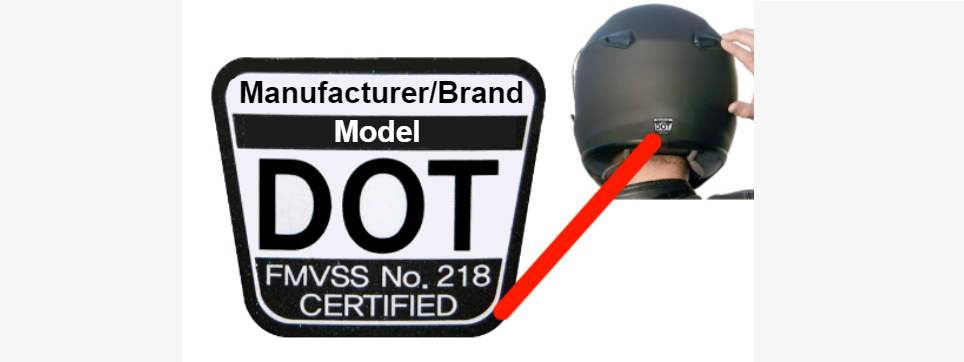



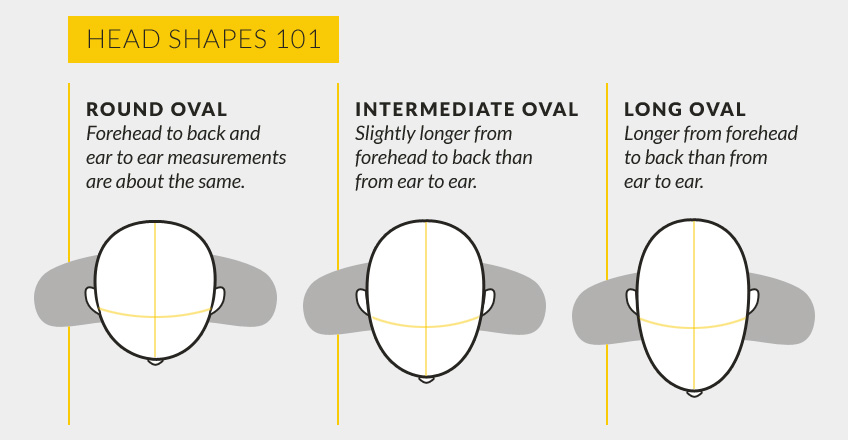
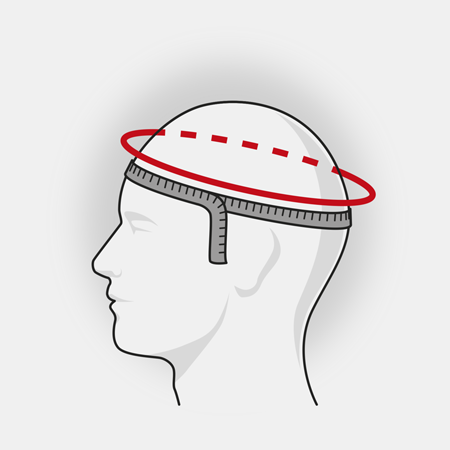
.png)



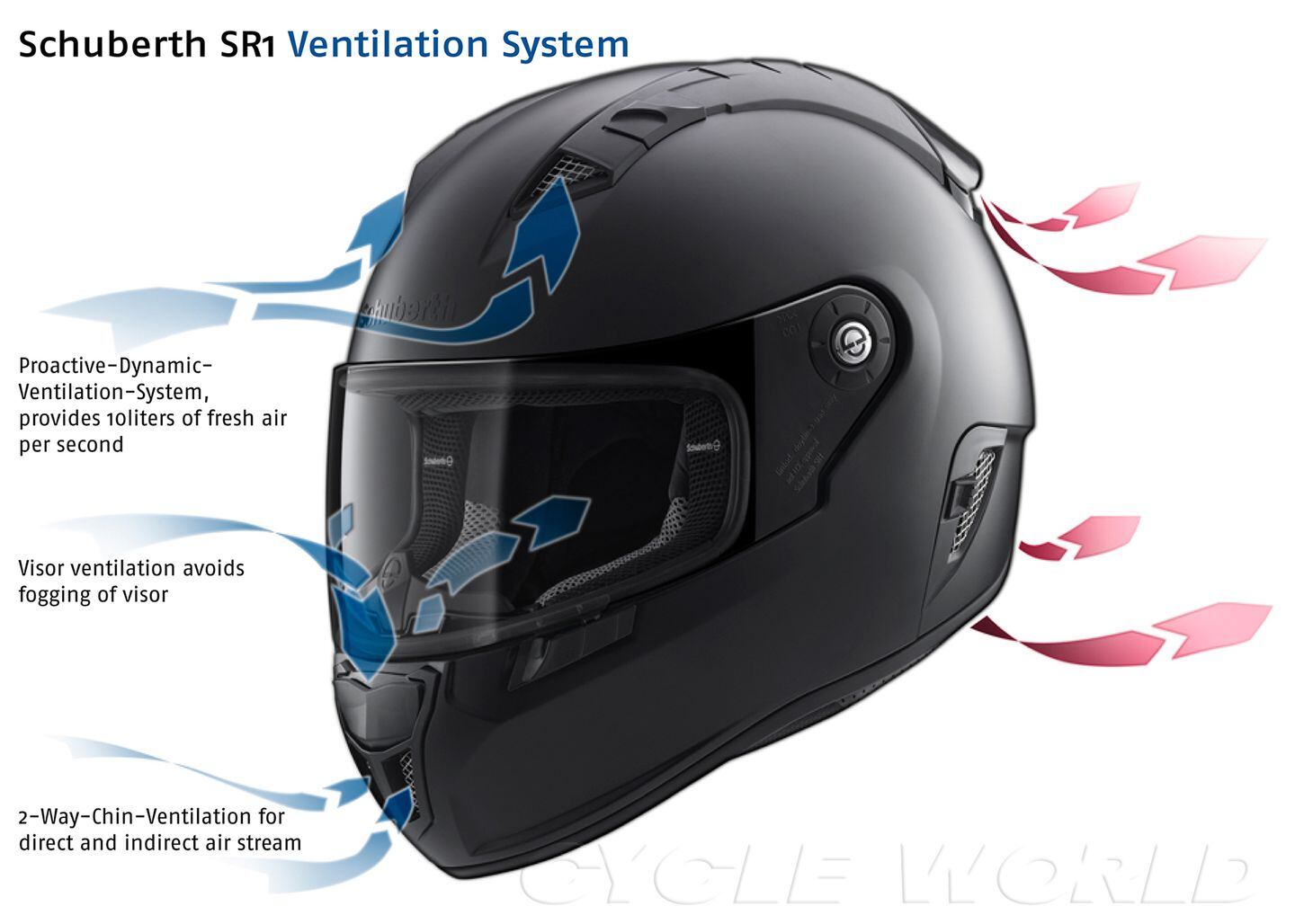



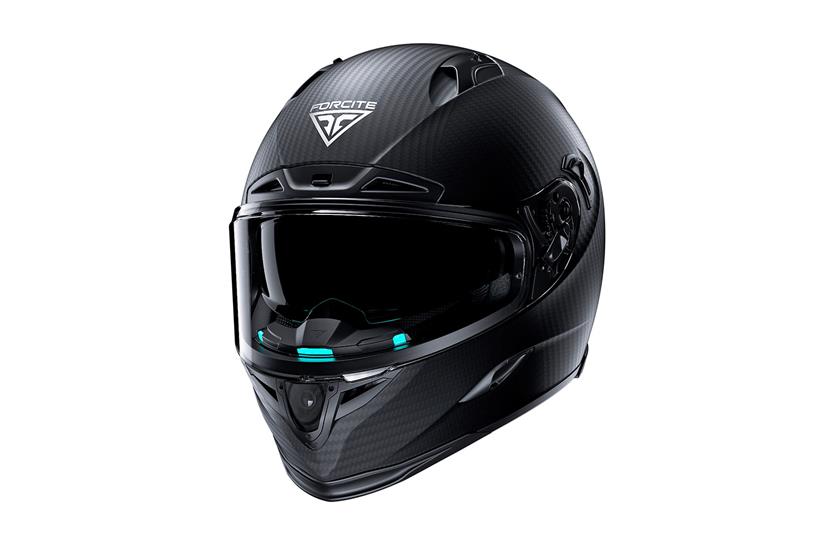
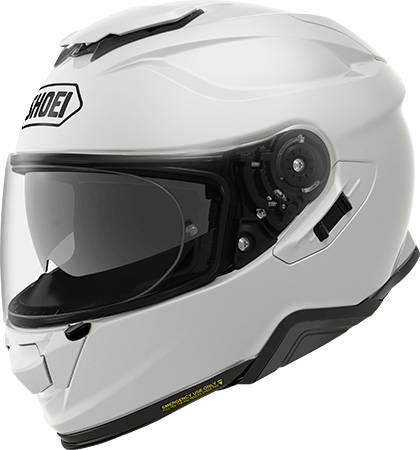
Comments
Post a Comment